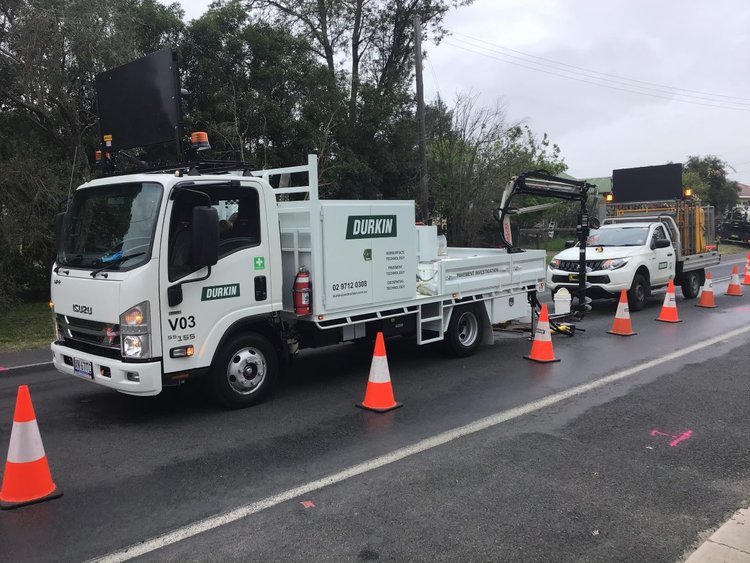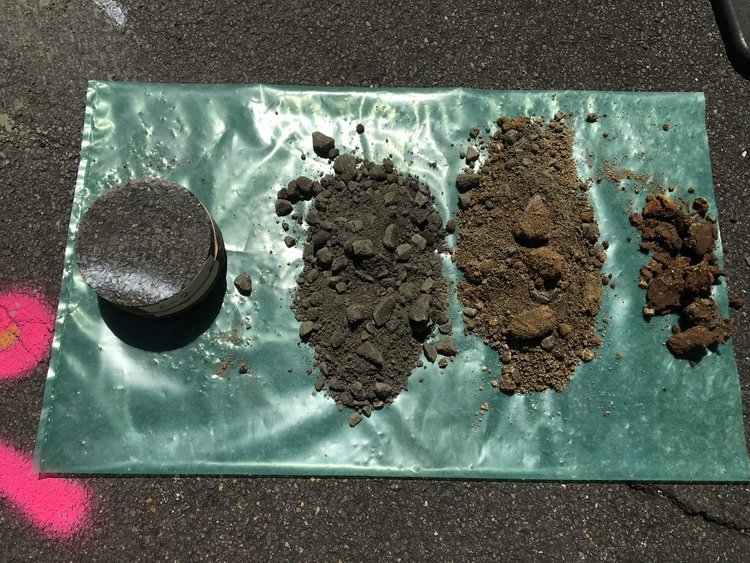Pavement Investigation for better, safer road
Proud of our ability to deliver skilled services without compromising on quality and workmanship, our Pavement Department works closely with councils, project managers, and pavement construction contractors to provide pavement investigation that ensures the highest standard of pavement design.
According to Durkin’s Managing Director, Sean Durkin, pavement investigation is important for maintaining and building better, safer roads because it enables asset owners to determine the most sustainable and cost-effective method of treatment.
“The main priority on all projects is to reduce the use of new materials and increase the reuse of the existing road materials, but in order to do this we need to investigate the existing pavements and collect samples,” Sean said.
“Our Pavement Department is committed to achieving more sustainable solutions and uses the data collected from the pavement investigations to decide which areas can be surface treatments and which areas require deeper treatments.”
“Falling Weight Deflectometer (FWD) testing, pavement cores and visual inspections are just some of the tools we use to separate pavement areas that are structurally sound from areas that require deeper treatment,” he said.
Depending on the size and location of the project, the Durkin pavement investigation process varies but usually includes visual investigation, falling weight deflectometer (FWD) testing, ground penetrating radar (GPR) surveys, subsurface utility investigation, pavement cores, laboratory testing and pavement treatment design.
Visual investigation is important when planning pavement rehabilitation because it allows the observation of any existing defects and other site features that might impact the pavement construction or design. A site walkthrough is usually the best method of visual investigation, however, reviewing a video or photo survey can also be used if a site visit isn’t possible.
Falling weight deflectometer (FWD) testing is used to measure current pavement material performance and isolate poorer areas from better areas. This is done by measuring pavement performance by dropping a falling weight on the pavement and measuring the resulting deflections at various offsets from the load. This type of testing is favoured because it provides information that allows for more sustainable options by tailoring treatments to certain areas as required.
Ground penetrating radar (GPR) surveys are used to find subsurface utilities and determine pavement layer thickness through non-destructive investigation. It is often used together with FWD testing and enables us to determine the pavement layer thicknesses, locate any changes in pavement structure, and locate defects not visible on the surface (yet!).
Subsurface utility investigation involves locating and mapping all underground services to reduce the risk during construction and to consider these in pavement design.
Pavement cores are used to determine the existing pavement structure, carry out any field tests, and to collect samples.
Laboratory testing is undertaken to measure the suitability of existing materials for reuse. Testing is also done to measure the strength of the subgrade, which is the natural material that the pavement is built on.
Pavement treatment design is the final stage of the process and usually includes up to three rehabilitation options which are compared using a whole of life cost analysis to determine which offers the most sustainable and cost-effective solution.
At Durkin, we understand the innovative technologies and opportunities there are to save costs, reduce waste, and improve sustainability when constructing or maintaining pavement assets so get in touch and discover how we can help you save time and money.



